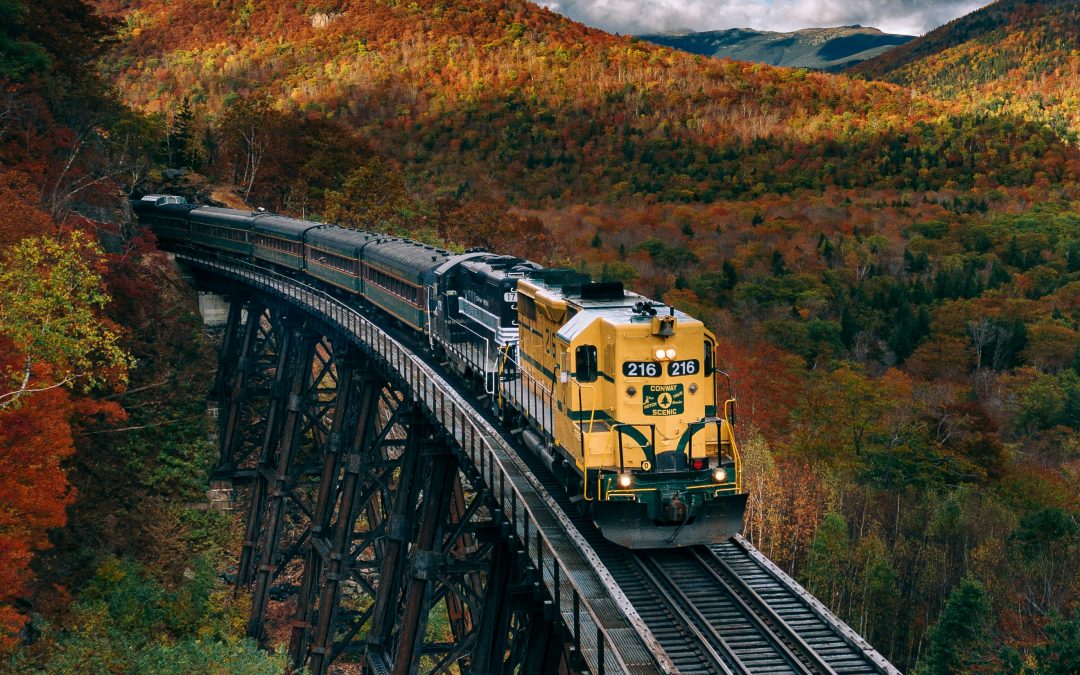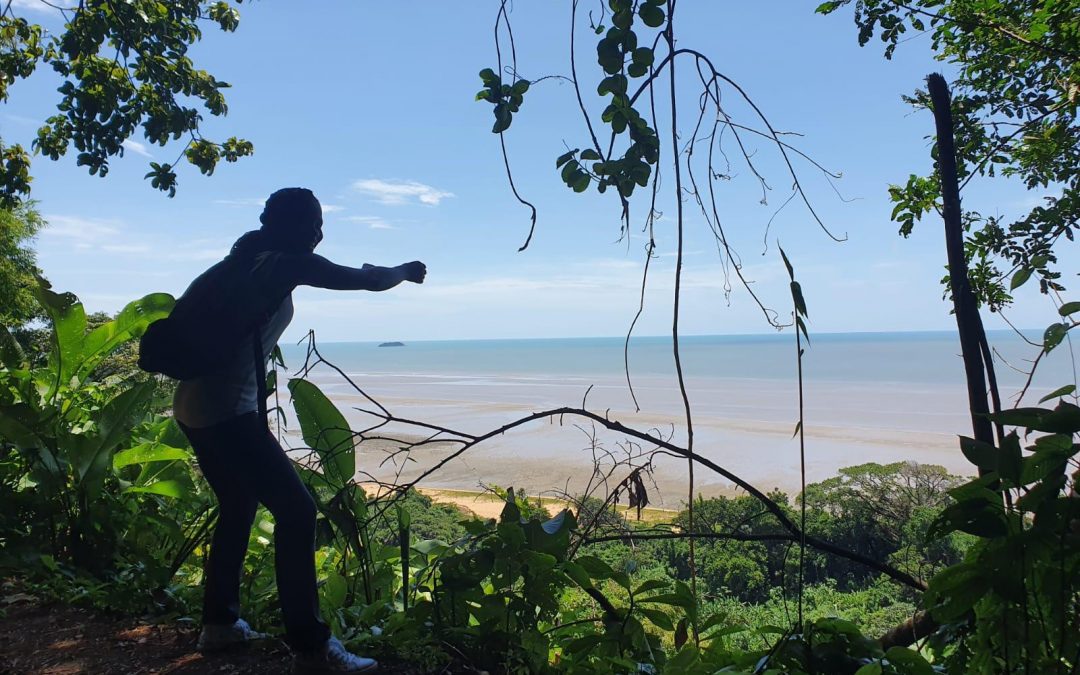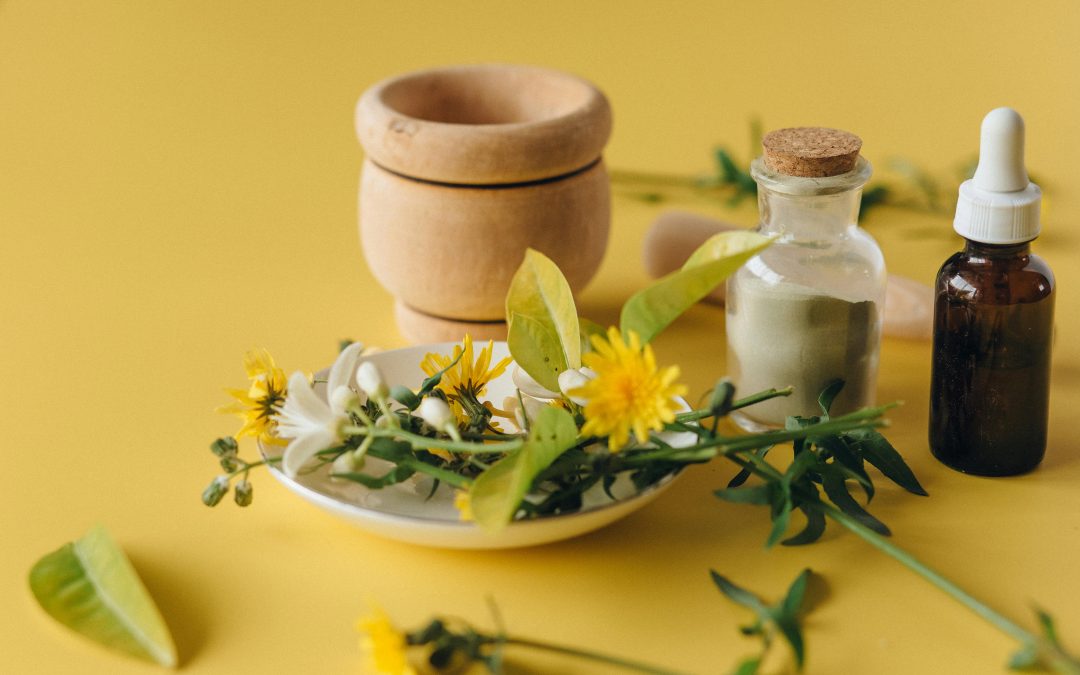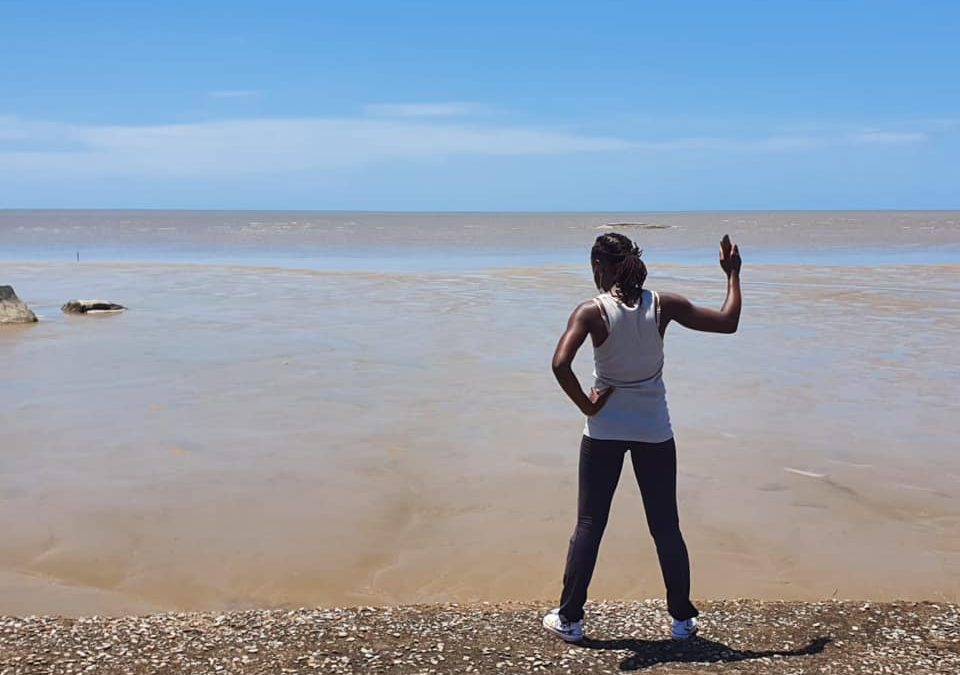Stand at the edge of Victoria Falls—the world’s largest sheet of falling water—and feel the thrill of Devil’s Pool on the Zambezi’s daring lip. A journey where nature roars, rainbows rise, and adventure meets awe.
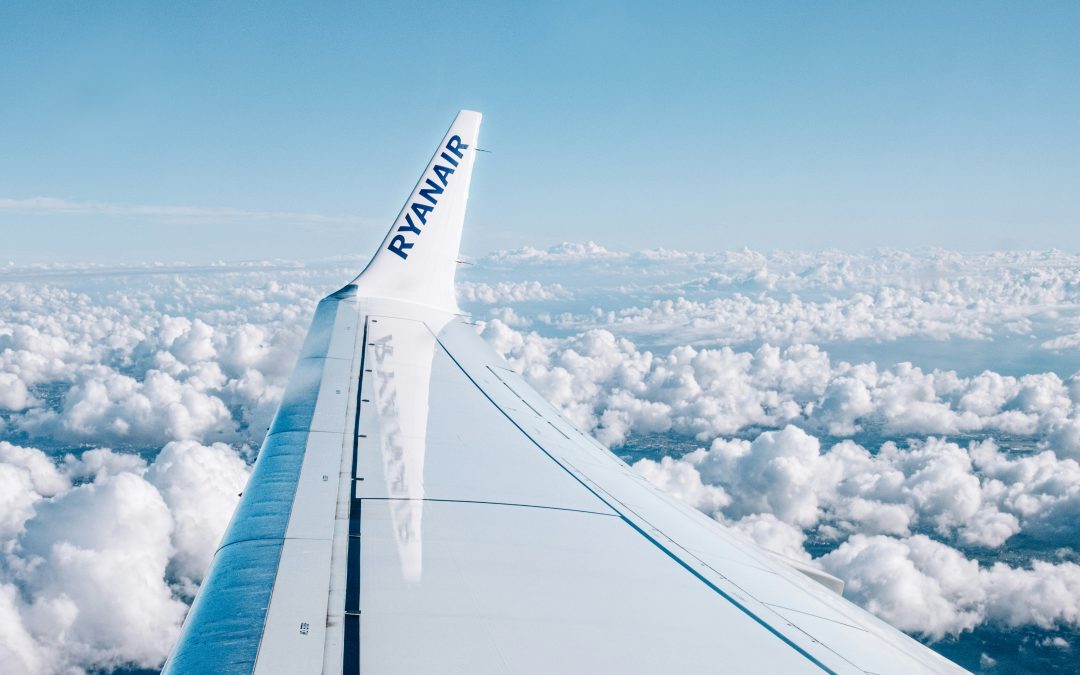
7 Secrets to Scoring the Best Flights
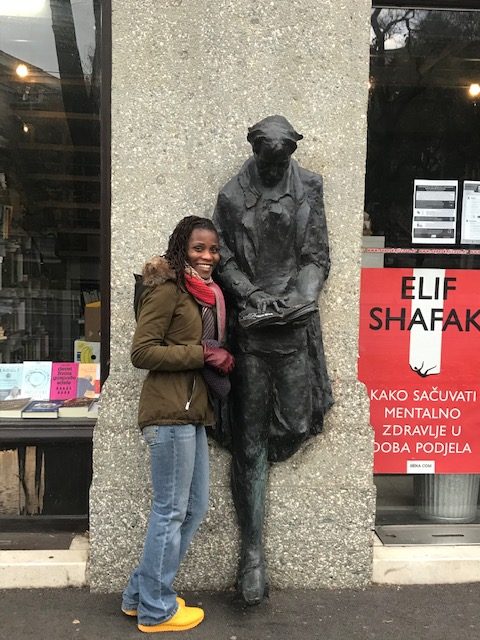
7 Secrets to Scoring the Best Flights Cheap Deals You Never Knew About
If you’ve ever wondered why some people seem to always find the best flights cheap deals while you’re stuck paying full fare, this guide is for you. Whether you’re searching for cheap flights to Florida, hunting for cheap international flights, or trying to answer the age-old question, “are round trip flights cheaper?”, these seven battle-tested secrets will help you find a cheap flight fast—and save big.
This article is crafted for U.S. travelers and optimized around the keyword flights cheap deals, with practical examples for top origins like Atlanta and MSP (Minneapolis–Saint Paul), plus tactical steps using Google Flights, KAYAK, and other trusted tools.
Introduction to Cheap Flights
Understanding What Qualifies as a “Cheap Flight”
A cheap flight isn’t just the lowest price you can find. It’s the best value for your route, dates, baggage needs, and schedule. Price alone can be misleading if:
- You’re flying a budget carrier that charges for carry-on or seat selection.
- You’re booking at a bad time (e.g., holidays) when demand spikes.
- You’re flying a route with annoying layovers o red-eye timings that ruin your trip.
A “cheap” flight, properly defined, is a fare that:
- Underperforms the historical average for that route,
- Aligns with your travel flexibility, y
- Minimizes add-on costs (bags, seat, change fees, airport transfers).
The Importance of Timing in Booking Cheap Flights
Timing is the single most misunderstood lever for cutting airfare. While there’s no universal “best day,” patterns do help:
- Book early for peak seasons (summer, Thanksgiving, Christmas/New Year).
- Be flexible: shifting by 1–3 days can lower fares dramatically.
- Monitor fares with alerts (more on that in Secret #2).
- Shop mid-week y schedule alerts to avoid price spikes when most people search (evenings, weekends).
Secret #1: Use Google Flights for Comparisons
Google Flights is one of the fastest ways to find cheap flights and spot flights cheap deals across airlines and dates.
How to Navigate Google Flights
- Go to Google Flights.
- Enter your origin y destination (or explore “Explore” if you’re open-ended).
- Select round trip or one way.
- Tap the date grid to visualize price variations across days.
- Utiliza el price graph for a month-long fare overview—perfect for spotting seasonal dips.
Consejos profesionales:
- Utiliza el Map view to discover cheap flights deal options to alternative airports.
- Pruebe ±3 days or broader flexibility to reveal hidden deals.
- Consulte nearby airports for savings (e.g., Newark vs. JFK/LaGuardia, Fort Lauderdale vs. Miami).
Utilizing Filters for Best Results
Smart filters = faster savings:
- Bolsas: Add 1 carry-on or checked bag to see “all-in” prices.
- Stops: Limit to nonstop o 1 stop to avoid slog routes.
- Times: Set departure/arrival windows to avoid red-eyes or work conflicts.
- Airlines & Alliances: Filter for preferred carriers, status credits, or better reliability.
- Duration: Hide long layovers (>10–15 hours).
Use case: You want cheap flights to Florida from NYC in February. Set “NYC to FLL/MIA/TPA/MCO,” choose “Flexible dates,” and filter for 1 bag + nonstop. You’ll instantly see which Florida airport yields the cheapest deal on flights.
Secret #2: Set Price Alerts on KAYAK
When you’re not ready to book, let the tools work for you. KAYAK price alerts help you find cheap flights by tracking fare drops.
Creating Alerts for Specific Routes
- Search your route on KAYAK (e.g., Atlanta to Los Angeles).
- Toggle “Track Prices” o “Create Alert.”
- Choose email or app notifications.
- Set flexible date ranges (e.g., “weekend in March” or “anytime in April”).
You’ll get notified as soon as price changes occur—making it easy to grab cheap flight deals before they vanish.
How KAYAK’s Predictions Help You Find Cheap Flights
KAYAK’s Price Forecast (when available) suggests whether to buy now or wait, based on historical data and trends. While no forecast is perfect, it’s a great sanity check—especially for popular routes like cheap flights from Atlanta to beach destinations, or cheap flights from MSP to hubs like NYC or Denver.
Secret #3: Flexible Travel Dates
Why Being Flexible Matters
Fares are dynamic—they change based on demand, seasonality, and even the day of the week. Being flexible by just 1–3 days can reduce your fare by 20–40%. Flexibility is the difference between paying “what’s left” and paying the “market low.”
Tools to Find the Cheapest Days to Fly
- Google Flights Date Grid & Price Graph: See fare patterns quickly.
- KAYAK’s Flexible Dates: Shows cheapest options 3 days before/after your preferred dates.
- Skyscanner’s Whole Month: Visualizes low fares across an entire month.
- Momondo’s Price Insights: Surfaces low-cost date combinations and carriers.
Flex wins example: Say you’re looking at cheap flights deals de MSP a San Diego. Monday–Friday is pricey, but shifting to Tuesday–Saturday could cut costs by $60–$150 and improve flight times.
Secret #4: Discover Budget Airlines
Benefits of Flying Budget Carriers
Budget carriers (think Frontier, Spirit, Allegiant, Avelo, Breeze, and in some cases JetBlue when promos hit) can deliver true flights cheap deals—if you play by their rules:
- Ultra-low base fares
- Pay à la carte: bags, seat selection, snacks, changes
- Simple itineraries (nonstop is where ULCCs shine)
- Frequent promos y ventas flash
Budget airlines are ideal for short-haul, carry-on only, y nonstop routes, especially for weekenders or quick business trips.
How to Find Cheap Flights from Atlanta and MSP
Cheap flights from Atlanta (ATL):
- Consulte Frontier y Spirit for domestic and Caribbean promos.
- Compare against Delta (ATL hub) specials—legacy carriers sometimes match ULCC prices.
- Considere nearby airports (e.g., Birmingham or Savannah) if the savings justify the drive.
Cheap flights from MSP (Minneapolis–Saint Paul):
- Watch Sun Country for budget-friendly seasonal routes.
- Compara Delta hub fares—competitive responses can emerge.
- Use Skyscanner o Momondo to surface ULCC options and calendar lows.
Pro move: Always calculate the total trip cost—bags, seats, airport transfers, boarding priority—before deciding a ULCC fare beats a legacy airline with a free carry-on or credit-card-included bag.
Secret #5: Book Round Trip vs. One Way
Are Round Trip Flights Cheaper?
Often, yes—but not always. Legacy carriers historically price round trips more favorably. However, with the rise of low-cost carriers and flexible fare classes, two one-ways can sometimes be cheaper or give better timing.
When round trip wins:
- International routes on legacy carriers
- Peak seasons/holidays
- When you need checked bags included in a fare class
When two one-ways win:
- Mixing carriers (e.g., outbound on a budget airline, return on a legacy)
- Taking advantage of ventas flash on one leg
- Open-jaw itineraries (fly into one city, out of another)
Strategies for Scoring Better Deals
- Compare both structures: round trip vs. two one-ways.
- Mix-and-match carriers using Google Flights’ multi-city option.
- Leverage alliances for mileage and checked-bag inclusion.
- Consider nearby airports on one leg only for significant savings.
- Avoid “hidden-city” ticketing (against airline rules and risky with checked bags).
Secret #6: Look for Packages
Combining Flights with Hotels for Savings
Bundling vuelo + hotel (o flight + car) can yield lower net costs, especially for leisure trips. OTAs (online travel agencies) often apply package-only discounts that don’t appear on standalone flight searches.
When to bundle:
- Beach destinations like Florida (Miami, Orlando, Tampa, Fort Lauderdale)
- City breaks (Chicago, NYC, Vegas)
- Resort areas (Cancún, Cabo, San Juan)
What Are the Best Platforms for Package Deals?
- Expedia y Travelocity: Consistent bundle discounts with broad inventory.
- Priceline: Express Deals and opaque pricing can be compelling.
- Airline Vacation Portals (e.g., Delta Vacations): Can include bonus miles, status credit, and promo financing.
- Costco Travel (members): Often excellent value with extras (resort credits, upgrades).
Pro move:
Price out (flight + hotel) as a bundle AND separately. If bundling saves, great. If not, book separately and retain flexibility to cancel/change one component without affecting the other.
Secret #7: Utilize Loyalty Programs and Promotions
How Loyalty Programs Can Save Money
- Frequent Flyer Programs: Earn miles and elite credits that translate into free bags, embarque prioritario, y upgrades—all of which reduce your effective trip cost.
- Airline Credit Cards: First checked bag free, embarque prioritario, companion certificates, and accelerated earning on airfare and travel.
- Transferable Points (Amex Membership Rewards, Chase Ultimate Rewards, Citi ThankYou, Capital One Miles): Transfer to airline partners for outsized value—especially for cheap international flights in economy or premium cabins during partner sweet spots.
- Status Matches/Challenges: Temporarily unlock perks across airlines when switching loyalties.
Finding Promo Codes and Deals
- Airfare and OTA Newsletters: Sign up for sale alerts y promo codes (weekend flash sales are common).
- Follow airlines on social media: Flash sales drop with short booking windows.
- Check dedicated deal sites: Aggregators spotlight cheap flight deal opportunities, often with booking instructions.
- Holiday & Shoulder-Season Sales: Presidents’ Day, Memorial Day, July 4th, Labor Day, Black Friday/Cyber Monday, and early January sales.
Pro move: Stack promo codes con portal cash back (Rakuten, airline shopping portals) and card category bonuses for maximum savings. Even when the fare isn’t the absolute lowest, your net cost after rewards can be best-in-market.
FAQs: Your Most-Asked Questions About Flights Cheap Deals
What is “cheap flights” in practical terms?
Cheap flights are fares that sit below the seasonal average for your route y meet your needs (luggage, schedule, airport) without hidden costs. Look beyond the sticker price and factor in bags, seats, y time.
How do I find a cheap flight fast?
Use Google Flights for a 5-minute scan:
- Enter route, tap Date Grid, view Price Graph, toggle Nearby Airports.
- Set KAYAK alerts to catch drops.
- If you’re flexible, check Skyscanner’s month view.
Is Google Flights cheap better than KAYAK or Momondo?
Each excels at different things.
- Google Flights: Fast compares, outstanding visuals, flexible calendar.
- KAYAK: Alerts, price forecasts, strong filters.
- Momondo/Skyscanner: Sometimes surface additional OTAs and ultra-low fares.
Are round trip flights cheaper?
Often, yes, especially international. But two one-ways can beat round trip when mixing airlines or capturing flash sales. Always compare both.
Where can I find cheap flights from Atlanta o cheap flights from MSP?
- Atlanta (ATL): Compare Delta con Frontier/Spirit, and check nearby airports when practical.
- MSP: Ver Sun Country y Delta promos; set alerts for target dates and routes.
Best time to book for cheap international flights?
Plan earlier than domestic: think 2–6 months out for shoulder seasons, 6–9+ months for peak summer/holiday periods. Use alerts and monitor trends.
Power Tactics & Pro Tips (Advanced)
- Set multiple alerts: One for your exact dates, one for flexible ±3 days, and one for alternate airports (e.g., MIA/FLL, LAX/ONT/SNA/BUR, SFO/OAK/SJC).
- Leverage fare classes: Sometimes a slightly higher fare includes a free checked bag, making it cheaper than a bare-bones ticket + add-ons.
- Try open-jaw (multi-city): Fly into one city and out of another (e.g., Rome in, Paris out) to save on backtracking.
- Consider positioning flights: For major international deals, a cheap domestic hop to a deal-origin city (like NYC, BOS, MIA, LAX) can yield a lower total fare.
- Watch baggage rules: Many “basic economy” fares exclude overhead bin usage on some carriers—confirm before you click.
- Use incognito? Not necessary. Prices change due to inventory and demand, not cookies. Focus on alerts and flexibility instead.
- Reprice after booking: If your airline allows free changes within a fare class, you may be able to rebook at a lower fare and receive a travel credit.
Sample Search Playbooks
Playbook A: Cheap Flights to Florida (from the U.S.)
- Search NYC → MIA/FLL/MCO/TPA on Google Flights.
- Open Date Grid for shoulder-season months (late Jan–Feb, late Aug–Sept).
- Filter 1 bag to compare true costs.
- Consulte KAYAK alerts for weekend windows.
- Compara package bundles (hotel + flight) for Miami Beach vs. Orlando resorts.
- Book when a nonstop meets your price target with fair baggage fees.
Playbook B: Cheap International Flights
- Search origin → “Everywhere” (use Skyscanner or Google Flights Explore) to surface low-cost regions.
- Identify cheapest months; target shoulder seasons.
- Considere major hubs (NYC, BOS, MIA, LAX, SFO) as positioning gateways.
- Use transferable points to fill gaps or upgrade.
- Monitor alerts for fare drops y partner airline promotions.
Playbook C: Cheap Flights from MSP
- Comience con MSP → flexible destination (Explore map).
- Consulte Sun Country nonstops; compare Delta sales.
- Look at Tues/Wed departures and Sat returns for lower fares.
- Add KAYAK price alerts for your top 3 destinations.
- Decide between round trip vs. two one-ways based on mix-and-match options.
Mistakes That Kill Your Savings (Avoid These!)
- Booking the first fare you see without checking flexible dates.
- Ignoring total trip cost (bags, seats, airport transfers, parking).
- Skipping nearby airports that can be cheaper or more convenient.
- Waiting too long in peak seasons hoping for miracles.
- Not using alerts—you’ll miss 24–48 hour sale windows.
- Forgetting passport/visa lead times on international deals.
- Overlooking travel insurance for nonrefundable, high-cost itineraries.
Tools & Resources Checklist
- Google Flights: Date Grid, Price Graph, Map Explore, Nearby Airports
- KAYAK: Price Alerts, Flexible Dates, Forecast (when available)
- Momondo: Deep OTA comparisons, date flexibility
- Skyscanner: “Whole Month” search, Everywhere explore
- Expedia / Travelocity / Priceline: Bundle deals (flight + hotel/car)
- Airline Sites & Apps: Loyalty earnings, elite benefits, flash sales
- Credit Cards with Travel Perks: Free bags, bonus points, lounge access
- Cashback & Shopping Portals: Extra value stacked on top of airfare
On-Trip Savings: Extend the Value Beyond the Fare
- Pack smart to avoid bag fees (compression cubes, personal-item-maximizing backpacks).
- Mobile boarding to skip printing fees and save time.
- Arrive early for busy hubs to reduce the risk of missed flights and rebooking costs.
- Bring snacks & an empty water bottle—airport food is pricey.
- Public transit to/from airports can save $20–$60 each way.
Conclusion
Summary of Tips for Finding Cheap Deals on Flights
To consistently lock in the best flights cheap deals:
- Start with Google Flights for fast comparisons across dates and airports.
- Set KAYAK alerts to monitor price drops for your routes.
- Stay flexible—shift by 1–3 days and consider alternate airports.
- Leverage budget airlines while calculating total trip cost (bags + seats).
- Compare round trip vs. two one-ways—don’t assume one is always cheaper.
- Explore package bundles (flight + hotel/car) for net savings.
- Use loyalty programs, points, and promos to reduce costs and add perks.
Encouragement to Start Planning Your Next Adventure
Whether you’re eyeing cheap flights to Florida for some sunshine or hunting cheap international flights for a bucket-list escape, you now have the exact playbook to find cheap flights that fit your schedule and your budget. Set your alerts today, block out a few flexible dates, and get ready to pounce when the perfect cheap flight deal hits your inbox. Your next great trip—and serious savings—are just a few smart clicks away.
Bonus: Quick-Use Template (Copy/Paste)
Goal: Find flights cheap deals for [Origin] → [Destination]
- Tool 1: Google Flights → Date Grid + Price Graph → Nearby Airports
- Tool 2: KAYAK → Create Price Alert → App notifications ON
- Flexibility: ±3 days, consider Tue/Wed departures
- Airlines: Include budget carriers, compare baggage-inclusive options
- Compare: Round trip vs. two one-ways; check packages on Expedia/Travelocity
- Stack: Promo codes + card rewards + cashback portal
- Book when: Fare hits target with acceptable times and total cost

Escrito por Kariss
Más de esta categoría
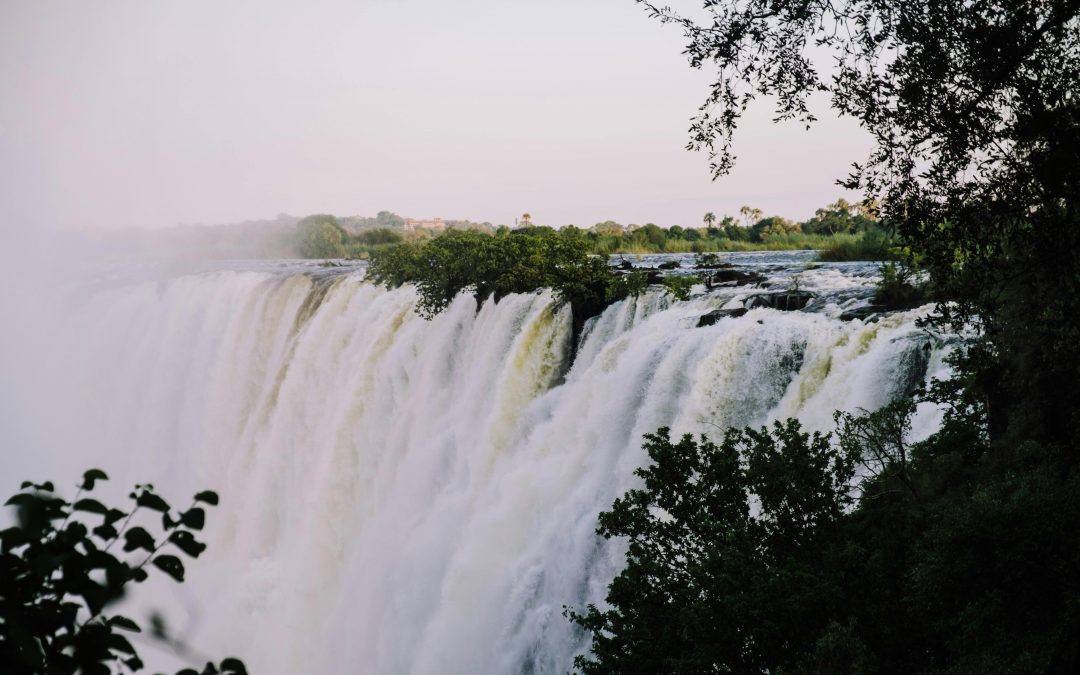
VICTORIA FALLS

VICTORIA FALLS
Stand at the edge of Victoria Falls—the world’s largest sheet of falling water—and feel the thrill of Devil’s Pool on the Zambezi’s daring lip. A journey where nature roars, rainbows rise, and adventure meets awe.

VICTORIA FALLS
Stand at the edge of Victoria Falls—the world’s largest sheet of falling water—and feel the thrill of Devil’s Pool on the Zambezi’s daring lip. A journey where nature roars, rainbows rise, and adventure meets awe.


